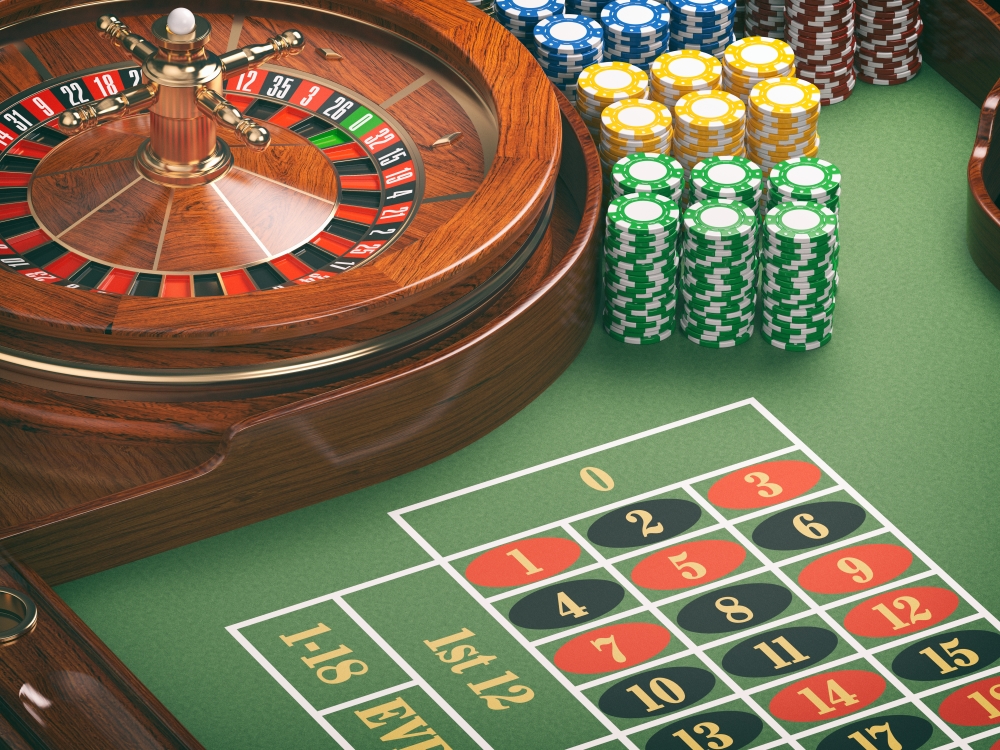
Casino experiences have long captivated human interest, drawing gamblers into a universe filled with fortune, strategy, and the allure of adventure. Each experience is painstakingly crafted not just for enjoyment, but also to evoke particular emotional responses that keep gamblers engaged and committed. Understanding the drives behind these designs reveals much about how behavioral psychology plays a key role in the gaming experience.
From the vivid lights and dynamic sounds to the sophisticated layering of guidelines and payoffs, casino games are designed to create an atmosphere of thrill and anticipation. Game designers leverage behavioral strategies to influence gambler behavior, whether through the use of winning opportunities, almost wins, or community engagement. By examining these factors, we can better appreciate how casino games fulfill not just a desire for entertainment, but underlying psychological needs for thrill and hazard.
Comprehending Gamer Behavior
Casino games are designed with a profound grasp of player psychology, which is vital for drawing in and keeping players. The thrill of the game, alongside the expectation of winning, produces a formidable attraction. Game designers employ elements like audio cues, colorful graphics, and immersive gameplay to engage attention and evoke emotional responses. These sensory effects enhance the total environment, making players feel more involved in the game.
Another significant aspect of player behavior is the idea of risk versus reward. Casino games often manage high-stakes situations with the potential for significant rewards, which can lead to the phenomenon known as near-miss phenomenon. When players come close to winning, the brain secretes dopamine, strengthening their behavior and encouraging them to continue playing in search of that fleeting win. J88 đăng nhập This cycle of anticipation and frustration plays a key role in how games are structured and promoted.
Lastly, social elements also play a pivotal role in player behavior at casinos. Many games are crafted to be played in teams or alongside other players, creating a sense of togetherness and collective experience. The community engagement inherent in games like baccarat enhances enjoyment and can lead to longer play sessions. Designers capitalize on this by creating environments that encourage players to linger, socialize, and return, making the overall casino experience more appealing.
The Role of Imagery and Audio
Visuals and audio play a crucial role in improving the gambler’s experience within gambling games. Designers utilize vibrant colors, eye-catching graphics, and captivating animations to grab players’ attention and hold their focus. The use of motifs, such as exploration or opulence, helps create an enthralling atmosphere that transports players into a different world. By appealing to the senses, these elements add to a intensified emotional response, prompting players to engage more deeply with the games.
Audio design is just as important in reinforcing the overall experience of gambling games. The combination of ambient music, sound effects for winning combinations, and ambient noises creates an sound landscape that keeps players fascinated. Sounds associated with wins, such as ringing bells or celebratory music, evoke feelings of thrill and satisfaction, prompting players to keep playing. These audio cues are strategically placed to amplify the excitement of the game and create a more immersive experience.
Moreover, the alignment of visuals and sound is important for reinforcing the game’s overall theme and atmosphere. Each element should align seamlessly to create a unified experience that pulls players in. The effective use of this integration not only enhances user satisfaction but also boosts the chances of return play, as players become more engaged in the captivating world that the casino games offer. This thoughtful combination of visuals and sound ultimately enhances player involvement and loyalty.
Incentive Systems and Engagement
The creation of gambling experiences significantly depends on incentive structures to ensure participants engaged and returning for additional experiences. These structures are rooted in psychological theories that exploit human behavior and desire. Players are often motivated by the excitement of winning, which is supported by instant feedback through the game’s design. This instant gratification not just enhances the overall experience but also cultivates a feeling of success, encouraging participants to continue participating in hopes of bigger gains.
Gaming establishments adopt various reward structures, including jackpots, extra rewards, and multipliers, to captivate players. These features create a layer of thrill that sustains engagement. Additionally, the randomness of outcomes plays a crucial role in keeping interest. The intermittent reinforcement schedule, where successes are random but happen often enough, maintains players on edge and driven to continue participating. This loop of anticipation and anticipation is essential to the success of gambling experiences.
Moreover, community aspects, such as tournaments and collaborative options, boost the participation factor by leveraging the desire to compete of participants. The communal aspect of playing with others can amplify the thrill of success and create a sense of community within the casino. By integrating these community elements with effective reward systems, gambling experiences not only provide fun but also nurture a stronger bond among participants, solidifying their commitment to the overall experience.
